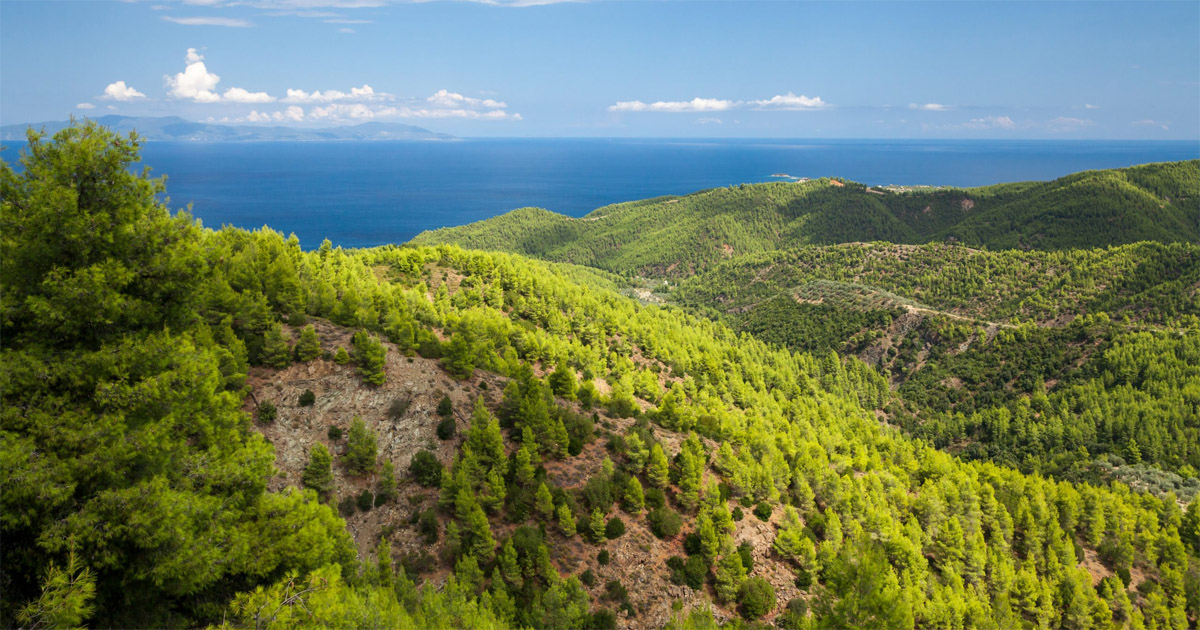Many tropical mountain peatlands in the Andes are formed by cushion plants. These unique cushion plant peatlands are intensively utilized for grazing and are also influenced by climate change, both of which alter hydrologic conditions. Little is known about the natural hydroperiods and greenhouse gas fluxes of these peatlands or the consequences of hydrologic alteration for these fluxes. Therefore, our objectives were to assess how carbon dioxide (CO2) and methane (CH4) fluxes varied across a hydrological gradient caused by ditching and evaluate how short-term carbon cycling responds after rewetting from ditch blocking in a tropical mountain peatland. The study was carried out in Huascarán National Park, Peru using static chamber methods. Comparing reference to highly drained conditions, mid-day net ecosystem exchange (NEE) was higher (1.07 ± 0.06 vs. 0.76 ± 0.11 g CO2 m−2 h−1), and the light compensation point for CO2 uptake was lower. Gas fluxes were relatively stable in the rewetted and reference treatments, with small positive responses of NEE to rising water tables. CH4 emissions averaged 2.76 ± 1.06 mg CH4 m−2 day−1, with negative fluxes at water tables >10 cm below the soil surface, and positive fluxes at higher water levels. Our results indicate that undrained peatlands appear to be carbon sinks, highly drained peatlands were likely carbon sources, and rewetting of moderately drained peatlands increased NEE and the ability to store carbon to undrained reference conditions. Ditching of peatlands will likely increase their susceptibility to negative climate change impacts, and hydrologic restoration could moderate these impacts.
DOI:
https://doi.org/10.1007/s11273-019-09694-z
Altmetric score:
Dimensions Citation Count:























